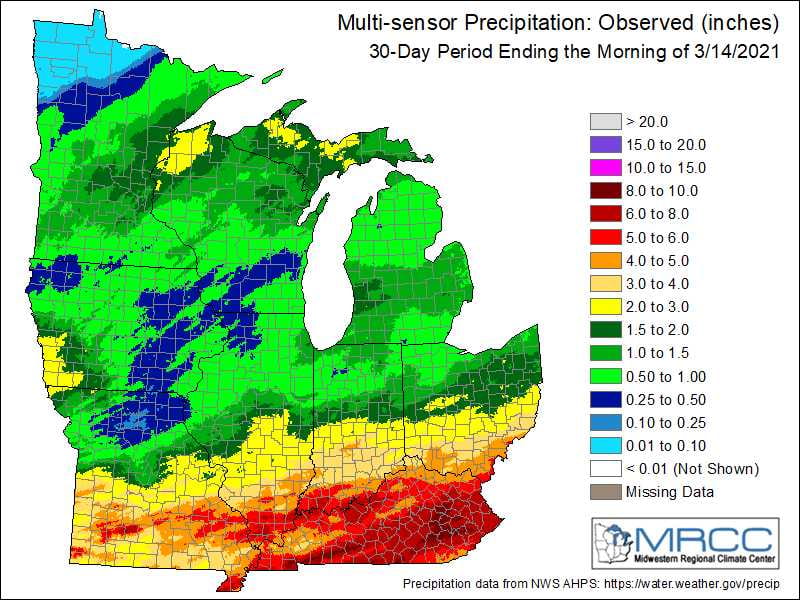By: Kristina Sullivan -Knox County Master Gardener
New ways to learn are in the air, for all of us. You may have watched your kids or grandchildren go to school on their computers, but you are also invited to use new tools for educational credits in the Master Gardener program. And your friends and relatives may be inviting you to be part of distanced “meetings.” One of the most popular agents for these meetings is the Zoom software. Information follows on what Zoom can do, and how to take advantage of it and communicate effectively.
Using Zoom from Home
Zoom is a software program now very popular, allowing users to communicate using computers, electronic tablets, or cell phones. Zoom users can record sound and pictures or video, and share computer screens. The company has invented some specialized terms that are likely to become part of our common language, such as “Zoom Meeting,” a conference using smart phones or computer cameras. Another term we see in business settings is the “Zoom Room,” a room all wired, connected, and organized for Zoom Meetings, usually only possible for big companies.
Most of us are using Zoom from home. Plan for good communication, for sound and sight. Block your Zoom space from household noise as much as possible; it can interfere with your own effort to contribute to a meeting. Close the room door, or ask housemates to keep it quiet until after you are finished. Plan a light on your face, from the side if possible, so that others can recognize you. Check your own background for your picture to be sure there is nothing showing that you would rather keep private. Make a space for paper and pencil in case you want to keep notes or write down a name, title, phone number or Web address (URL). If you are making a report or presentation, remember the visual lessons you learned from video taping: have neat hair, dark clothing (bright white makes a glare on camera), and sit up straight.
If the meeting is expected to be a long one, more than 45 minutes, set up a glass of water or other beverage in a handy spot. Keep tissues handy for sneezes. When you speak, speak up! The microphones cannot fix whispers or mumbling.
Make a listening space in your mind, clearing out other thoughts and concerns. Most of the OSU lecturers available to us have spent many years studying and developing their knowledge of a range of topics, and we will benefit most from them by listening well.
The person organizing the meeting or lecture sends you an invitation in the form of a URL in an email. By clicking on the URL, you send a signal that you are ready to join the meeting, and you will be admitted. Log on early and look at the screen. You can participate by sound only by muting the microphone icon (click on it); it is actually a good idea to mute the microphone except when you are talking. This blocks your dog barking noise, and helps others to hear better. You can also block your picture. You can record or tape the meeting. There are several features Zoom can do, some of which are only for the organizer and some available to everyone on the call, such as screen sharing.
You can ask questions in real time, or type questions or comments on the “Chat” box on your screen.
At the end of the meeting or lecture, the organizer will log off, and you can click the “log off” box and end your participation.
More About Zoom
As a relatively new software product, Zoom is continuing to work on important issues like security. One of the early problems with this software was “Zoom bombers,” uninvited participants who joined meetings and sent all participants graphic videos or pornography. Meetings can be protected by “locking” the session after it begins, so no one can join late, and certainly not uninvited. This is of great importance for companies concerned about trade secrets. Organizers can now remove participants from meetings, mute them, and disable “private chats,” in which participants snarl the meeting by talking only to each other. Objectionable participants can be reported to the Zoom company.
The company has several tiers of service involving different fee structures and intended for different sizes of audiences, participants, and time spans. It is defined generically as “a cloud based video conferencing service for virtual meetings.” Zoom can also be connected to a TV set. Free of charge, Zoom will work on any device; it will automatically log out the user who logs into a second device at the same time. A Zoom client, such as OSU, has paid the fees to make it possible for employees to connect Zoom to the email system and also to the computerized calendar system.
Additional services can be offered through special applications, or apps, designed to be used with Zoom, on desktop or Apple computers, and on phones using Ios or Android operating systems. These are called Zapps. Some are free, some cost fees.
The Google company has developed meeting software that competes with Zoom, but it appears at this writing that Zoom is the preferred software.
On Zoom
Zoom also supports a public platform for performances and the marketplace, involving payment (“marketization”). For classes, concerts, dramatic performances, music lessons, or any other event online, this software brings access close to home. They accept PayPal or major credit cards.













